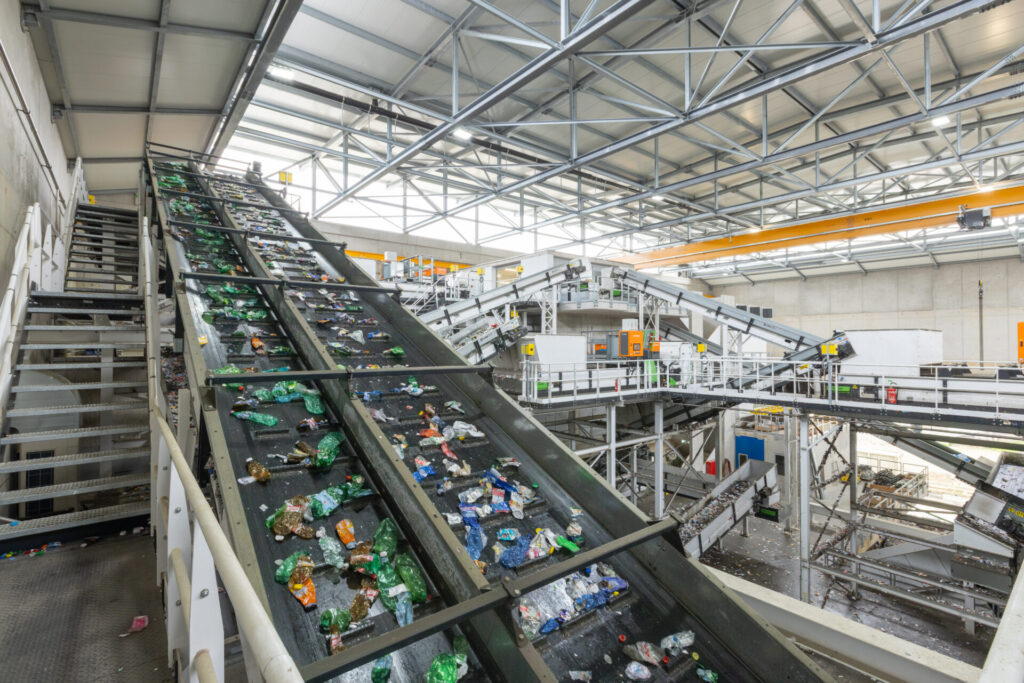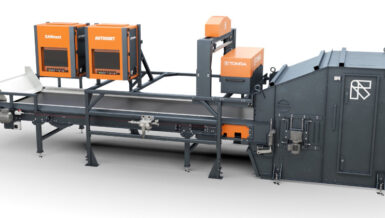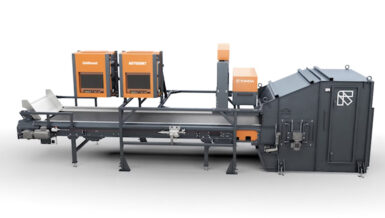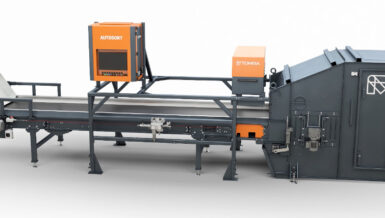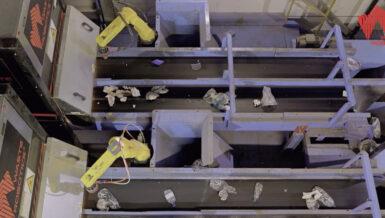Designed and built by Bollegraaf, a leader in recycling innovation, the plant features advanced automation and cutting-edge sorting technology. Although initially designed for 40 tons per shift, it has already achieved peaks of up to 70 tons, with the potential for further scale-up.
“Thanks to Bollegraaf’s efficient layout and engineering, we are operating beyond expectations — and we still have capacity to grow,” says Benedikt Bader, Operational Manager and Head of PET Recycling at AGIR AG. “Our goal is to maintain a closed-loop system in Switzerland ensuring that each bottle is returned to the market as a new recycled PET product.”
The plant supports the PET-Recycling Schweiz, which centrally manages bottle collection in Switzerland. The country does not have a deposit return system in place, however, the Swiss PET recycling rate has an incredible percentage of 83%. Bottles are returned voluntarily by consumers through supermarkets and local collection points, then delivered to AGIR for processing. The facility is also future-ready. With trends pointing toward the conversion of milk bottles from HDPE to PET, the plant is designed to adapt to new material types with minimal modification.
Among several competitors, Bollegraaf’s solution stood out for its streamlined logistics, space-efficient layout, and reduced conveyor usage — all contributing to a more sustainable and cost-effective operation.
With demand for PET recycling growing across the region, this project positions AGIR as a key player in Switzerland’s circular economy.

